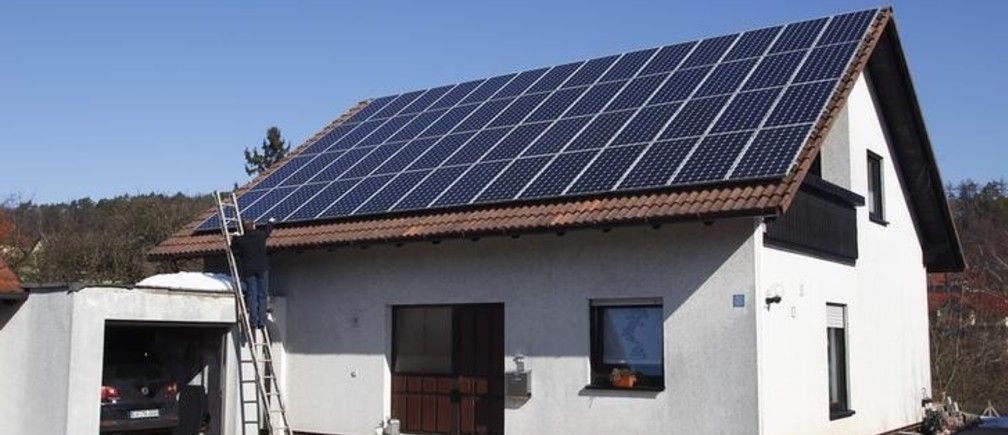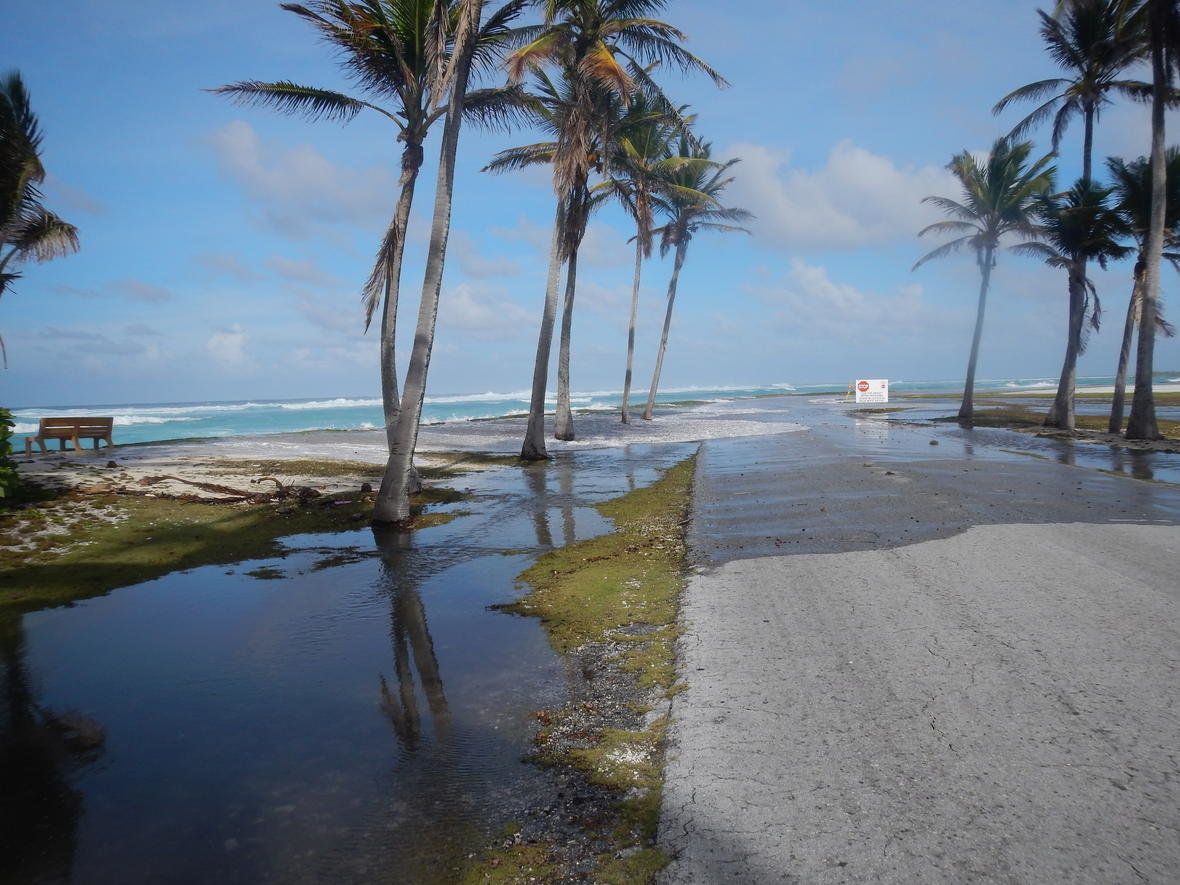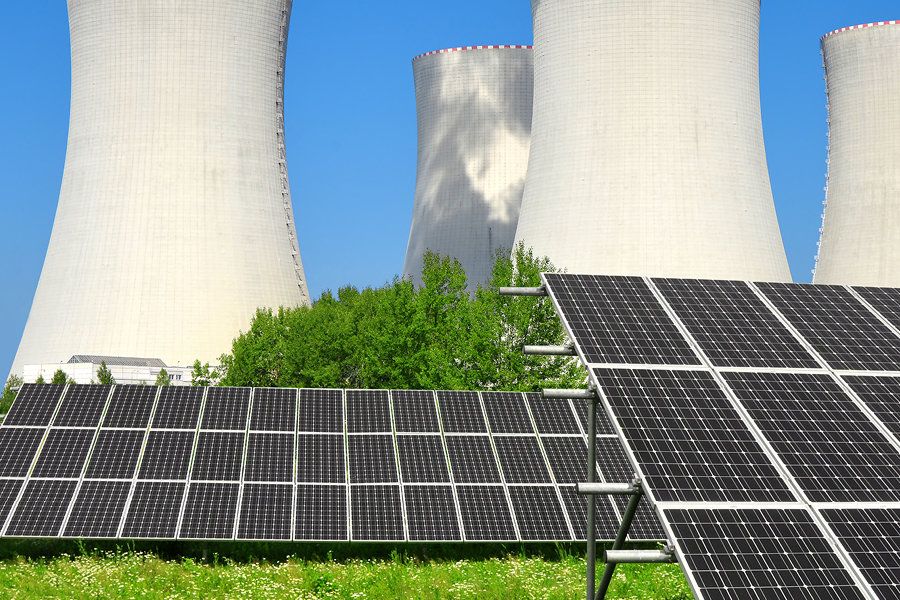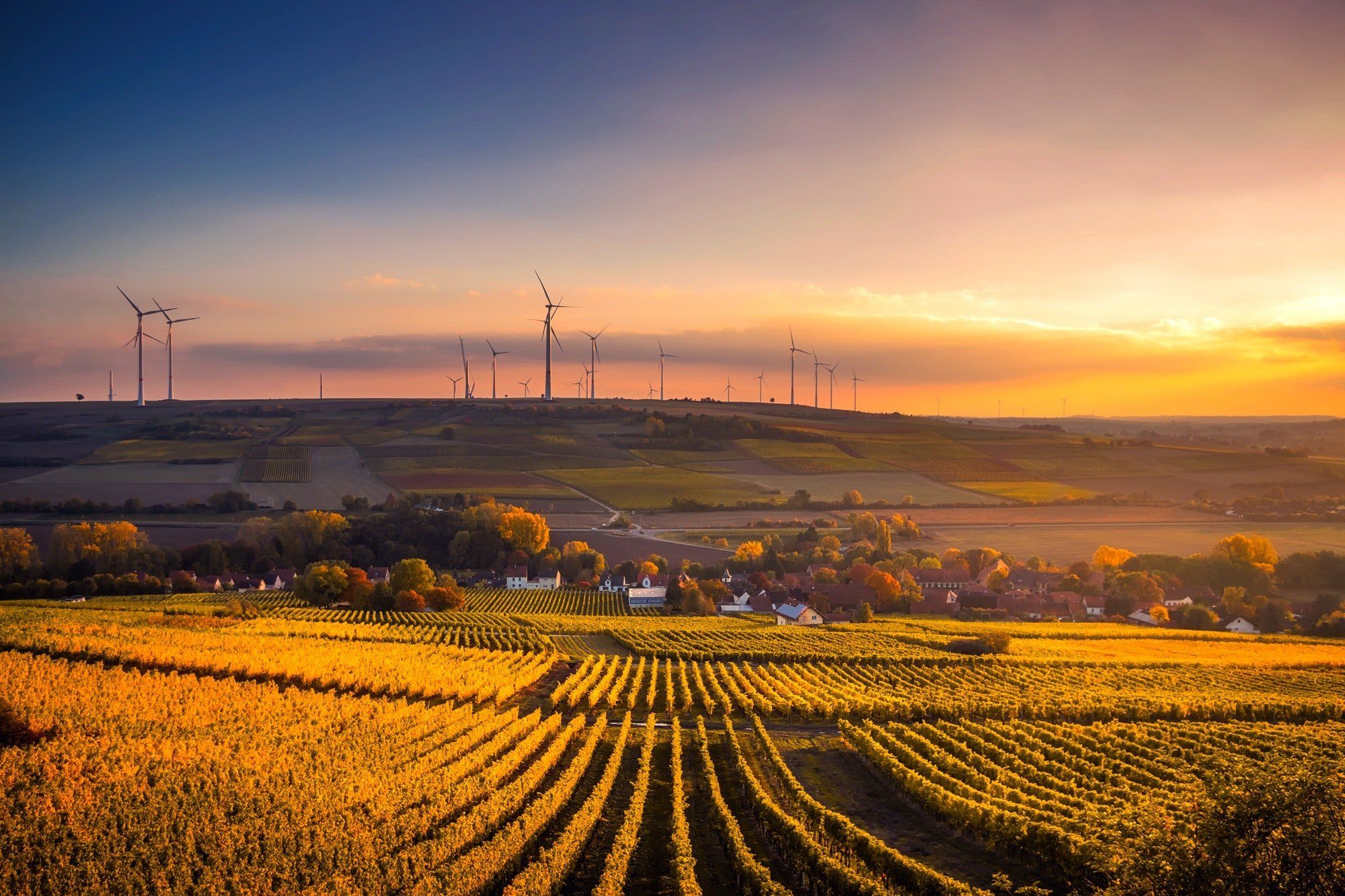While most surveys suggest that the public generally supports wind and solar power, opposition from local communities and residents sometimes blocks or delays specific new projects.
Consider the ill-fated Cape Wind offshore project, which was slated to be powering Cape Cod by now. Although Massachusetts has some of the nation’s strongest renewable energy policies, a group of coastal homeowners in that state objected vociferously soon after Cape Wind Associates, the developer, first proposed building it in 2001. They ultimately filed more than a dozen lawsuits over 14 years, creating hassles and delays that along with opposition from other parties doomed it.
As renewable energy researchers witnessing similar storylines play out across the country, we wanted to see how much local opposition there is to existing wind farms. With funding from the Energy Department and help from our colleagues, we teamed up to undertake the largest scientific study to date on how people who live near U.S. wind farms perceive them.








